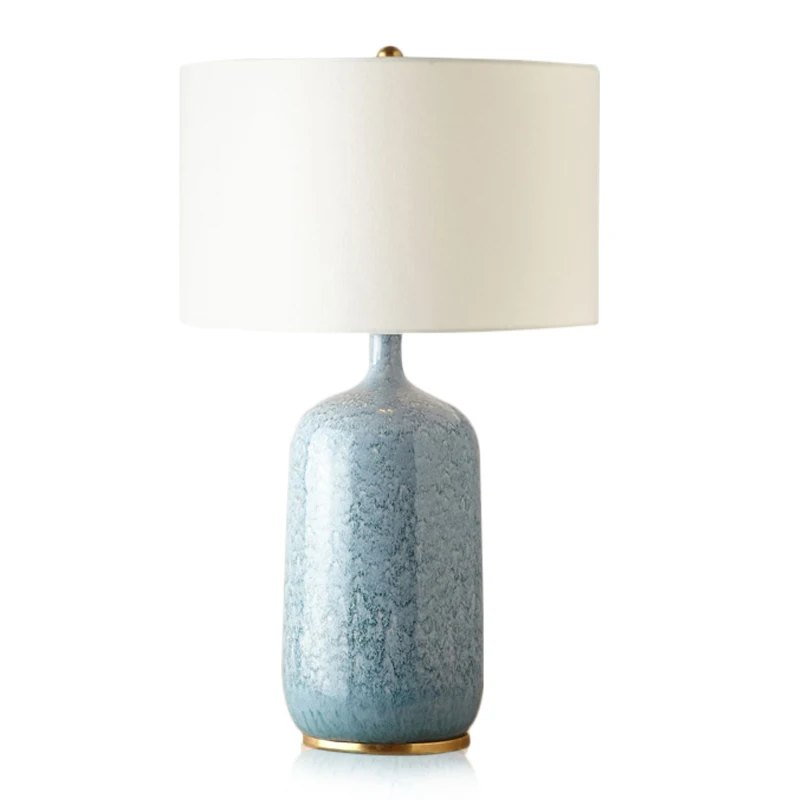
LEAFLETS
PRODUCTS
Deconstructing The Trolley Handle An In Depth Analysis Of Its Engineering Manufacturing And Its Critical Role In Efficient Material Handling
Engineering Design Considerations
The design of a trolley handle is far from arbitrary. Engineers must consider numerous factors to ensure optimal performance and user safety. The most basic consideration is the handle's shape and size. Ergonomics are paramount; a poorly designed handle can lead to fatigue, discomfort, and even injuries. Factors such as grip size, material texture, and overall shape are carefully chosen to maximize comfort and control for the user, considering the range of hand sizes and potential for prolonged use. This often involves extensive user testing and iterative design refinement.
Beyond ergonomics, the material selection is critical. The handle must be durable enough to withstand significant stress and strain, especially in demanding industrial environments. Common materials include steel, aluminum, and various plastics, each offering a different balance of strength, weight, and cost. The choice often depends on the specific application and the weight capacity of the trolley. Consideration must also be given to corrosion resistance, particularly in damp or outdoor settings. For example, a stainless steel handle might be preferred for a trolley used in a food processing plant or a marine environment.
The attachment mechanism of the handle to the trolley frame is another vital aspect. A secure and reliable connection is essential to prevent the handle from detaching during use, which could lead to accidents and damage. Welding, bolting, or other fastening methods are employed, each with its own advantages and disadvantages in terms of strength, cost, and ease of assembly. The design must also account for potential vibrations and impacts that the handle might experience during operation.
Manufacturing Processes
The manufacturing process for a trolley handle varies depending on its design and the chosen material. For simple handles made from molded plastic, injection molding is a common and efficient technique. This allows for high-volume production with consistent quality and relatively low cost. More complex designs or those using metal may require different methods, such as casting, forging, or machining.
Metal handles, particularly those made of steel or aluminum, might be manufactured through processes like extrusion or stamping. Extrusion involves forcing the molten metal through a die to create a specific shape, while stamping uses pressure to form the metal into the desired configuration. Machining, though less efficient for mass production, offers greater precision and allows for intricate handle designs. This is often used for higher-end trolleys or specialized applications requiring unique handle shapes or features.
Once the handle is formed, it often undergoes surface treatments to enhance its durability, appearance, and corrosion resistance. These treatments may include powder coating, painting, or anodizing, depending on the material and intended application. Quality control measures are crucial throughout the entire manufacturing process to ensure that the handles meet the required specifications and standards.
Critical Role in Efficient Material Handling
The trolley handle's seemingly small contribution to the overall trolley system is disproportionately impactful on efficiency. A well-designed handle directly improves worker productivity. A comfortable and easy-to-grip handle reduces fatigue and strain, enabling workers to move more material with less effort and over longer periods. This translates to increased throughput and reduced downtime caused by worker exhaustion or injury.
Furthermore, the handle's design can influence safety. A secure grip and properly positioned handle reduce the risk of accidents, such as dropped loads or injuries from slips and falls. This translates into fewer workplace accidents, lower insurance costs, and a safer working environment overall. The impact of improved safety extends beyond direct costs, contributing to better worker morale and improved productivity.
Finally, the handle's contribution to material handling efficiency extends beyond the immediate user experience. Improved ergonomics and safety contribute to a more efficient workflow by reducing delays and disruptions. Faster and safer material handling translates to lower operational costs, better inventory management, and on-time delivery, contributing significantly to the overall profitability of any operation that relies on trolleys for material movement.
In conclusion, the seemingly insignificant trolley handle plays a critical and multifaceted role in efficient material handling. Its design, manufacturing, and ultimate impact on productivity and safety are far more complex than initially perceived. A careful consideration of ergonomic principles, material science, and manufacturing processes leads to a simple yet powerful component that substantially influences the efficiency and safety of countless industrial operations.
SUBSCRIBE
INQUIRY










